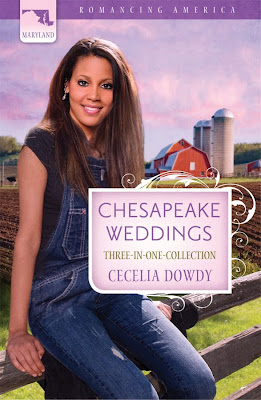
I’m going off on a tangent. This post has nothing to do with Christian fiction or even secular fiction, per se. I just finished reading The Adventures of Pinocchio by Carlo Collodi . This is NOT THE VERSION THAT IS MOST FAMOUS VIA WALT DISNEY!!
SPOILERS BELOW!!!
I purchased the Kindle version of this book for only 99 cents, however, there is another Kindle version out there that’s free.
This book was written in Italian in 1881. It’s considered a classic and it’s a fairy tale. If you’ve read The Brothers Grimm and Hans Christian Anderson fairy tales, then you can get a taste for what Pinocchio is like because it’s very similar to those, except it’s much longer.
Wait a second. Do you enjoy Christian fiction? Give my books a try. Now, back to Pinocchio!
This was a very dark story, and I wouldn’t be reading it to my five-year-old child. I think it might be appropriate for ages twelve and over.
I kept seeing things throughout the story that reminded me of the Bible. I’m not sure if that was the author’s intention, though. Pinocchio is a wooden puppet, created by his father, Geppetto. He keeps getting into mischief. For example, instead of going to school, he pawns his schoolbook for the fare to a puppet theater. Whenever he’s supposed to be doing something right, he ends up making the wrong decision. The blue fairy, who’s Pinocchio’s “adopted mother” always forgives Pinocchio for his mistakes (kind of made me think of how Christ forgives us whenever we mess up, no matter how many times). Throughout the tale, Pinocchio finds himself in various mishaps. He tries to find his poor father throughout the book, and Pinocchio’s conscience does get to him as time goes on. At first, he’s an ungrateful puppet, only wanting others to do as he pleases. When Pinocchio finds himself in the belly of a huge shark, near the end of the book, he ends up finding his father within the shark’s belly. They reunite, and manage to escape from this huge beast. That part of the story reminded me of Jonah being the belly of a whale.
Also, the theme of temptation and sin kept popping up, too. Pinocchio would try to do the right thing, but, something, or someone would appear tempting him to do wrong…and he usually did the WRONG thing. Kind of reminded me how, as humans, we can be easily tempted into sin, especially if we’re persuaded by those who have power over our minds.
This story was so DARK!! Pinocchio gets hit with a whip, he’s hung from a tree and almost dies. The blue fairy rescues him from the tree hanging around the middle of the book.
I also noticed the subject of hunger kept popping up. Pinocchio spoke often of being hungry, and he was a lazy puppet! He didn’t want to work for food, and wanted others to bow to his command. It was quite sickening after awhile.
He discovers he wants to be a real boy around the middle of the story. The Blue Fairy promises Pinocchio that he can become a real boy, but, before she can make it happen, Pinocchio, messes up again, not making the right decision. He’s forgiven and changed into a real boy at the end.
Have you read this book, or any other ORIGINAL fairy tales? What do you think of these unusual stories? Usually, people think about Disney’s sanitized versions of these dark, haunting tales…
Update 6/11/2021 – Amazon Prime – I viewed the Italian movie, Pinocchio. From what I can recall, this movie followed the book. You should give the movie a try, especially if you don’t feel like reading the novel!
~Cecelia Dowdy~








